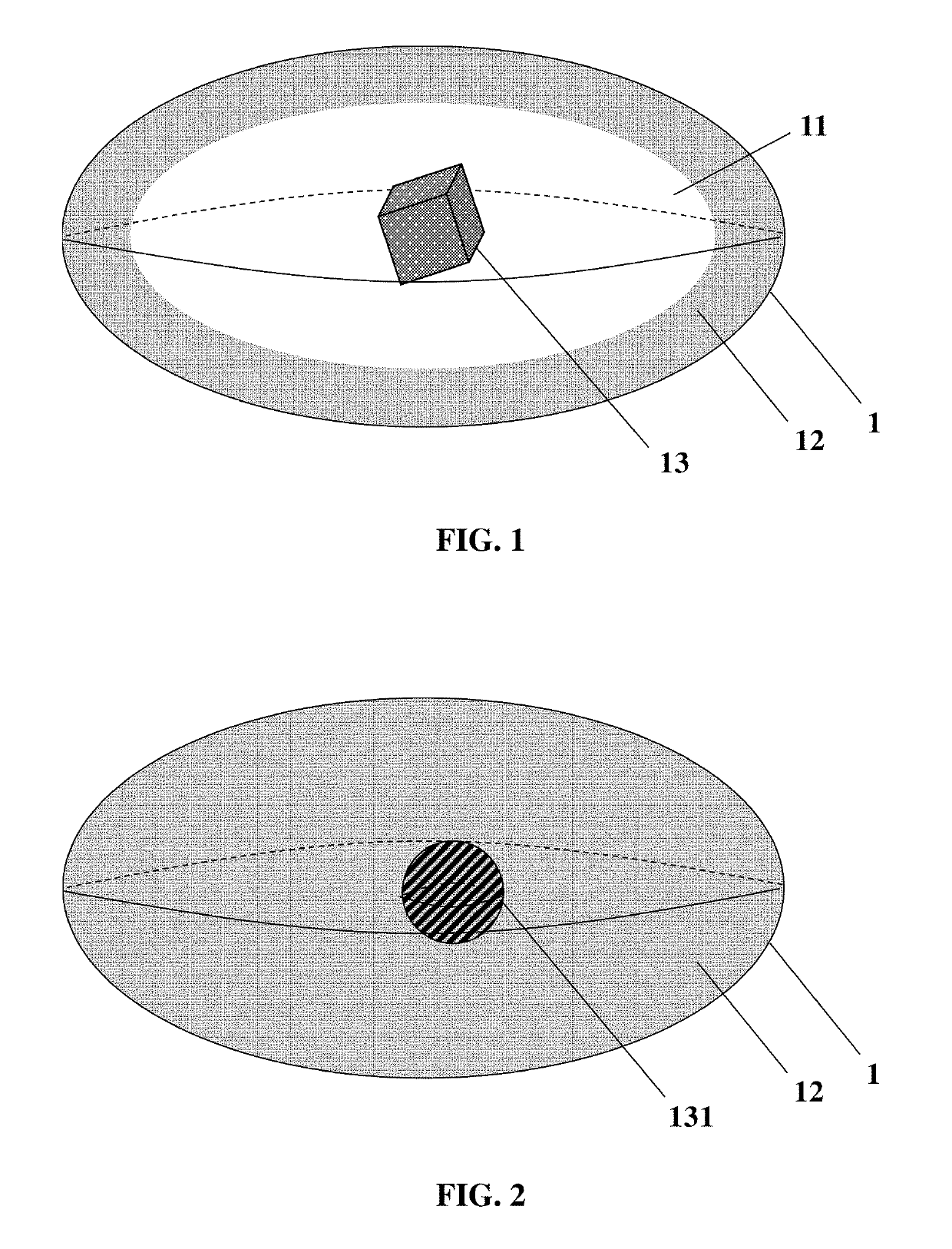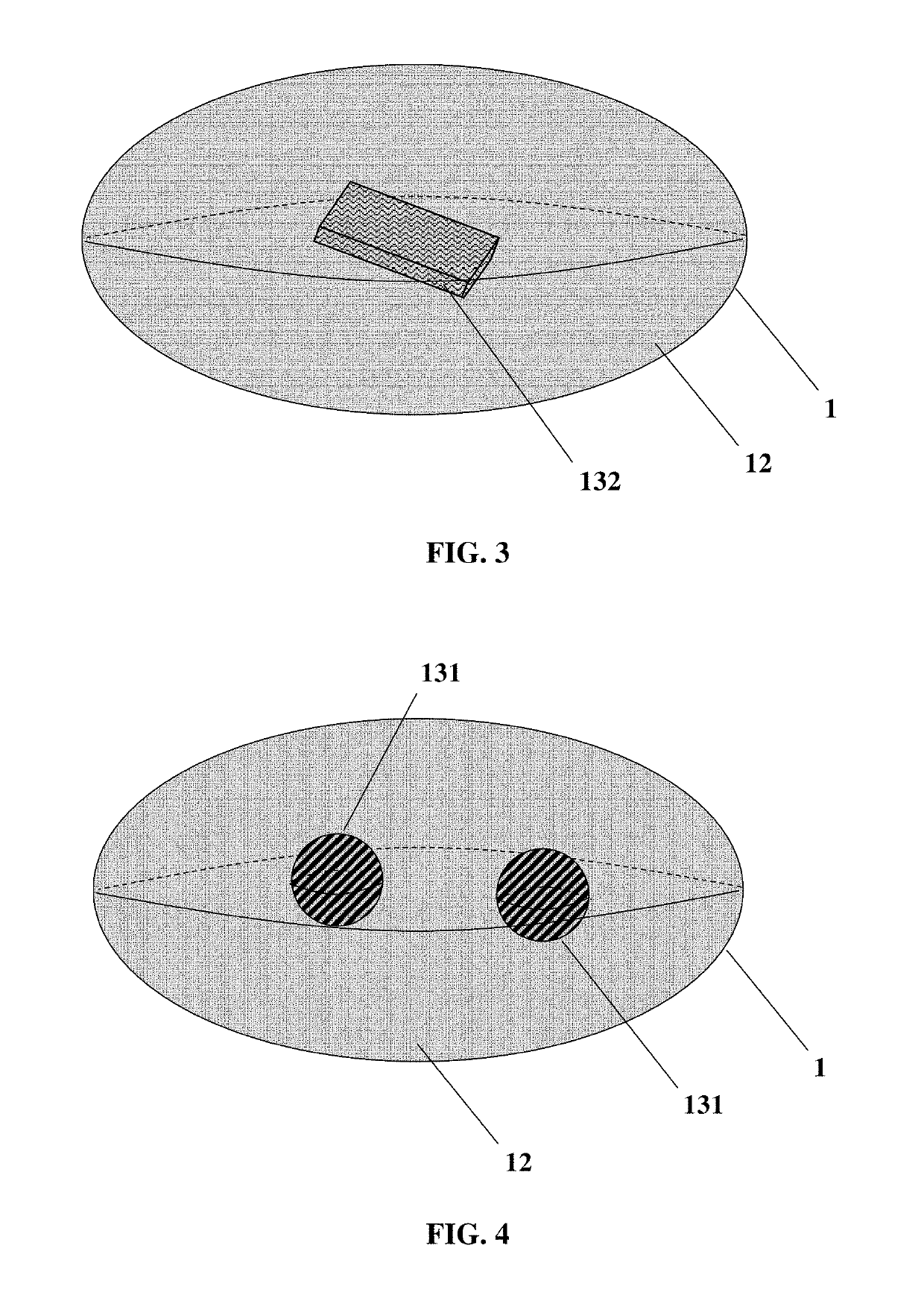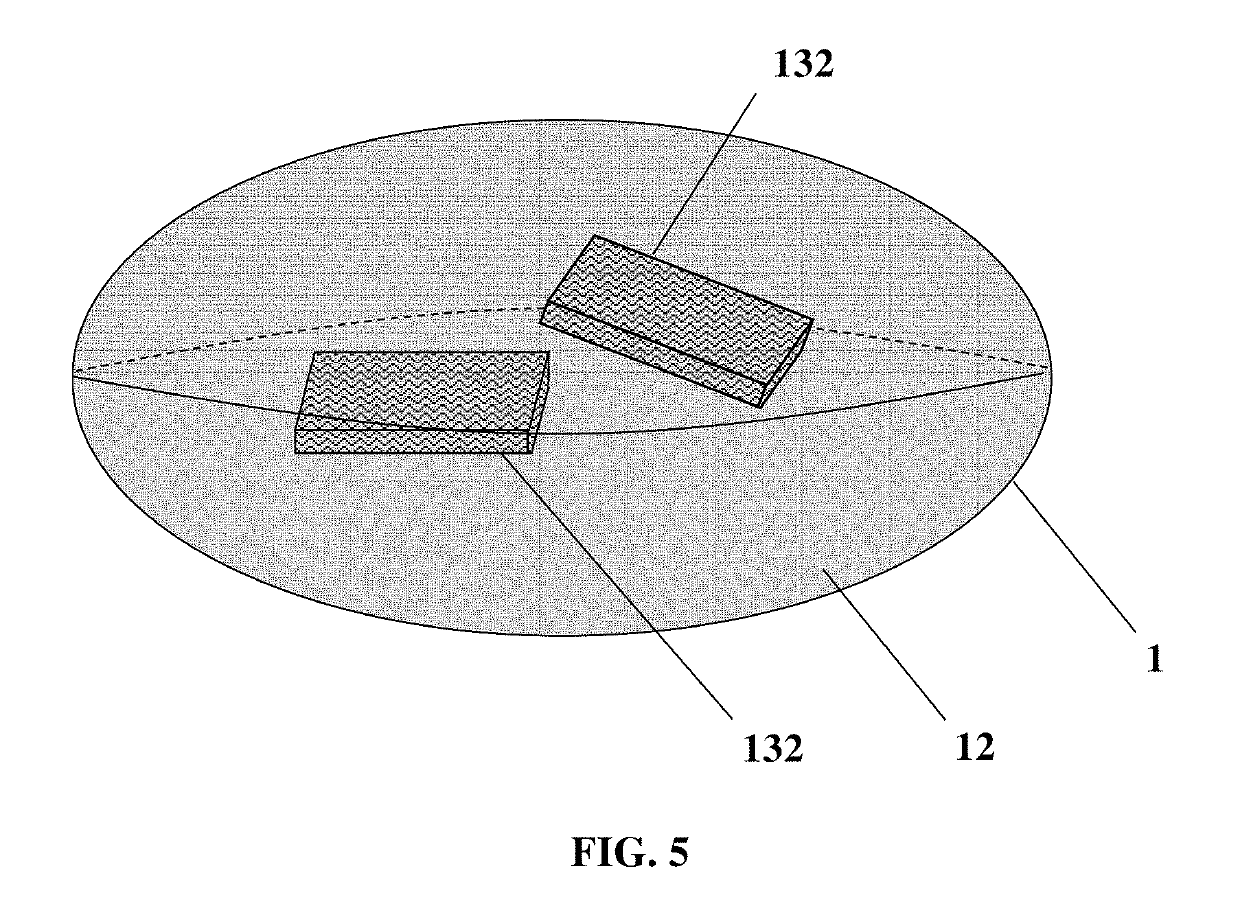Glass composite particles and uses thereof
a composite particle and glass technology, applied in the field of composite particles, can solve the problems of inability to enable the long-term performance required of a product for display devices or lighting devices, and ineffective protection of said surface, etc., to achieve enhanced light flux resistance, enhanced stability over temperature, and enhanced resistance to photobleaching
- Summary
- Abstract
- Description
- Claims
- Application Information
AI Technical Summary
Benefits of technology
Problems solved by technology
Method used
Image
Examples
example 1
Inorganic Nanoparticles 13 Preparation
[1416]CdSe Nanoplatelets
[1417]170 mg of cadmium myristate (Cd(myr)2) (0.3 mmol) and 15 mL of octadecene (ODE) are introduced in a three neck flask and are degassed under vacuum. The mixture is heated under agron flow at 250° C. and 1 mL of a dispersion of Se 100 mesh sonicated in ODE (0.1 M) are quickly injected. After 30 seconds, 80 mg of cadmium acetate (Cd(OAc)2) (0.3 mmol) are introduced. The mixture is heated for 10 minutes at 250° C.
[1418]CdSe@CdZnS Nanoplatelets
[1419]In a three neck flask, 15 mL of trioctylamine are introduced and degassed under vacuum at 100° C. Then the reaction mixture is heated at 300° C. under argon and 5 mL of CdSe nanoplatelets in octadecene (ODE) are swiftly injected followed by the injection of 7 mL of 0.1 M octanethiol solution in ODE, 3.5 mL of 0.1 M cadmium oleate (Cd(OA)2) in ODE and 3.5 mL of 0.1M zinc oleate (Zn(OA)2) in ODE with syringe pumps at a constant rate over 90 min. After the addition, the reaction...
example 2
Composite Particles 1 Preparation—CdSe@CdZnS@SiO2
[1432]10 μL of silanized CdSe@CdZnS nanoplatelets suspended in toluene (1.0 μM) were added into a solution of 200 μL of deionized water, 50 μL of acetic acid, 150 μL of TEOS and 5 mL of tetrahydrofuran previously prepared and stirred for 24 h. The mixture was then introduced into an atomization chamber and atomized through a tube furnace heated at 300° C. with a nitrogen flow of 40 cm3 / s, as described in the invention. The composite particles 1 were collected at the surface of a PTFE hydrophilic filter with a pore size of 200 nm and then suspended in acetone using sonication for 10 minutes.
[1433]In FIG. 12, TEM images show inorganic nanoparticles 13 (dark contrast) clearly embedded in a silica shell 12 (bright contrast).
example 3
Composite Particles 1 Preparation—CdSe@CdZnS@SixNayCazOv
[1434]100 μL of CdSe@CdZnS nanoplatelets suspended in tetrahydrofuran (1.0 μM), 200 μL of deionized water, 10 μL of acetic acid, 400 μL of polydiethoxysilane, 5 mg of calcium nitrate and 3 mg of sodium nitrate were added into an atomization chamber. After 10 minutes of magnetic stirring, the liquid mixture was sprayed towards a tube furnace heated at 525° C. with a nitrogen flow of 30 cm3 / s, as described in the invention. The composite particles 1 were collected at the surface of a filter with a pore size of 1 μm and then suspended in ethanol using sonication for 10 minutes.
PUM
| Property | Measurement | Unit |
|---|---|---|
| Diameter | aaaaa | aaaaa |
| Diameter | aaaaa | aaaaa |
| Size | aaaaa | aaaaa |
Abstract
Description
Claims
Application Information
 Login to View More
Login to View More - R&D
- Intellectual Property
- Life Sciences
- Materials
- Tech Scout
- Unparalleled Data Quality
- Higher Quality Content
- 60% Fewer Hallucinations
Browse by: Latest US Patents, China's latest patents, Technical Efficacy Thesaurus, Application Domain, Technology Topic, Popular Technical Reports.
© 2025 PatSnap. All rights reserved.Legal|Privacy policy|Modern Slavery Act Transparency Statement|Sitemap|About US| Contact US: help@patsnap.com



